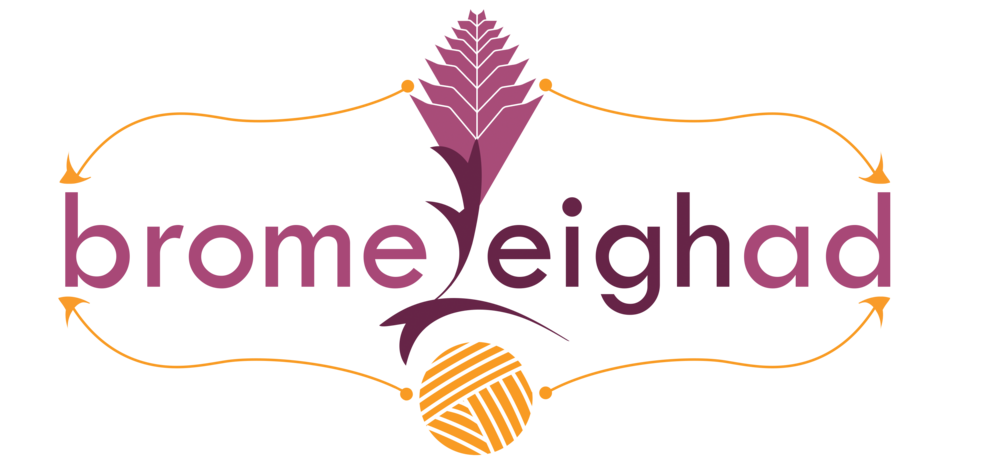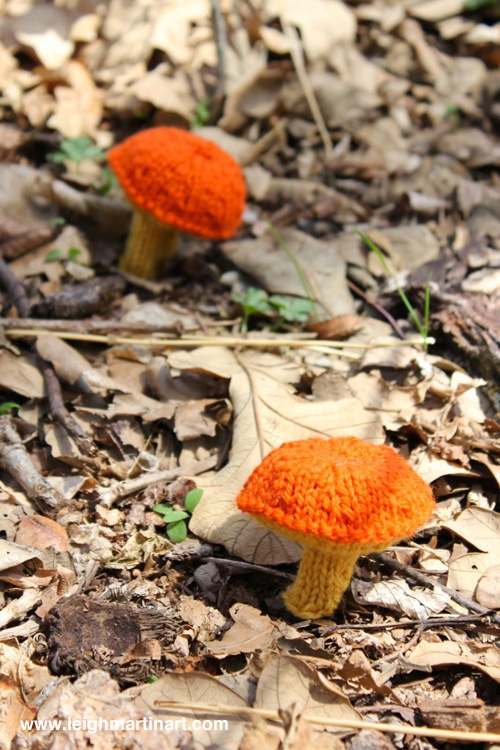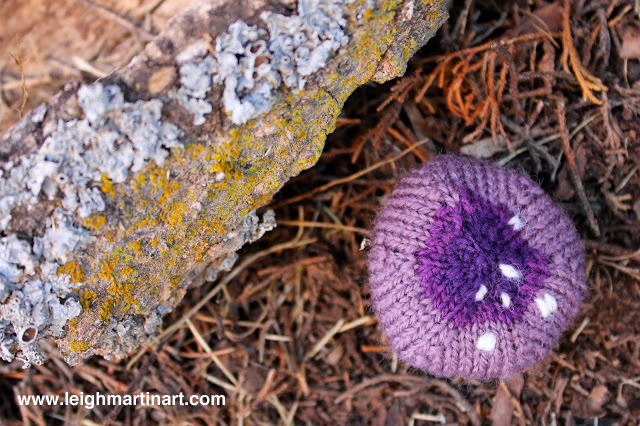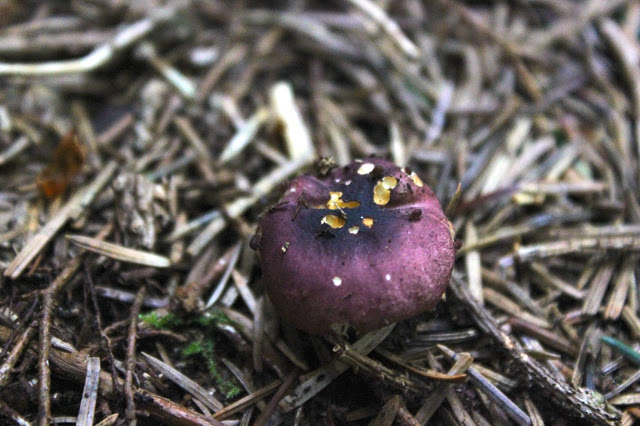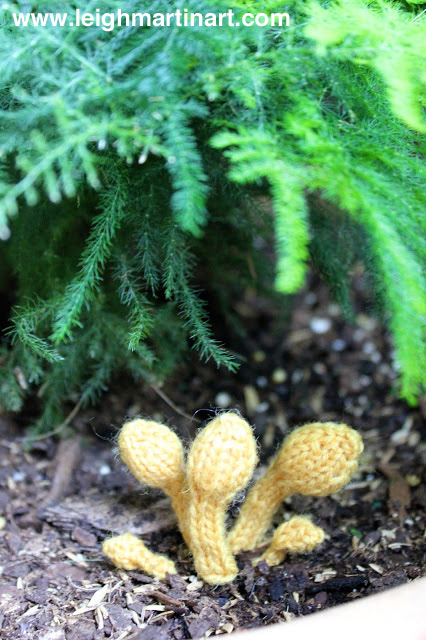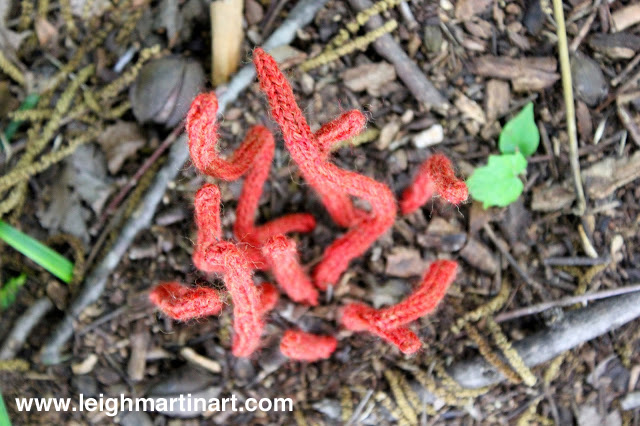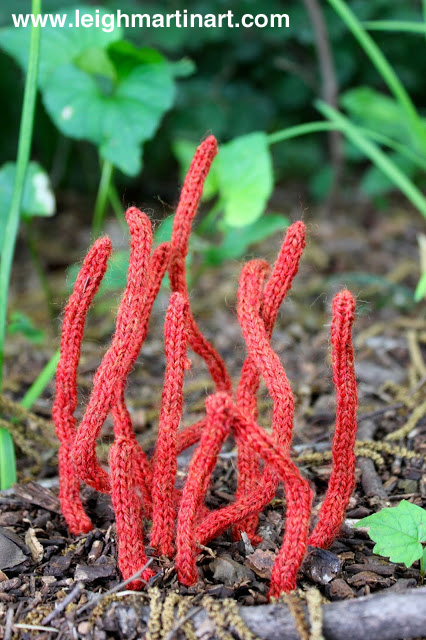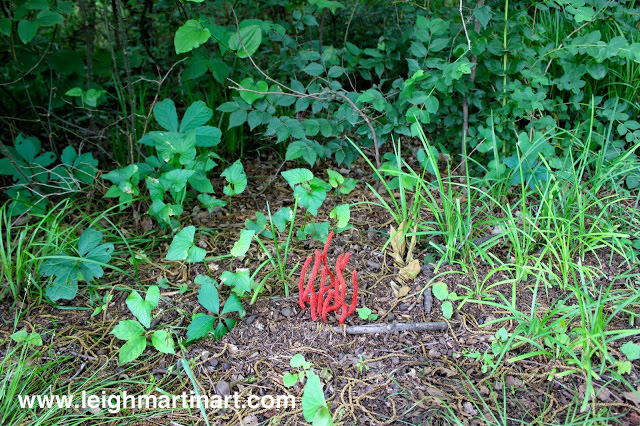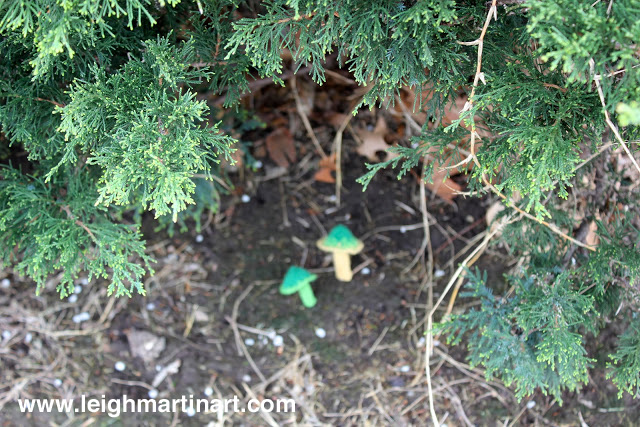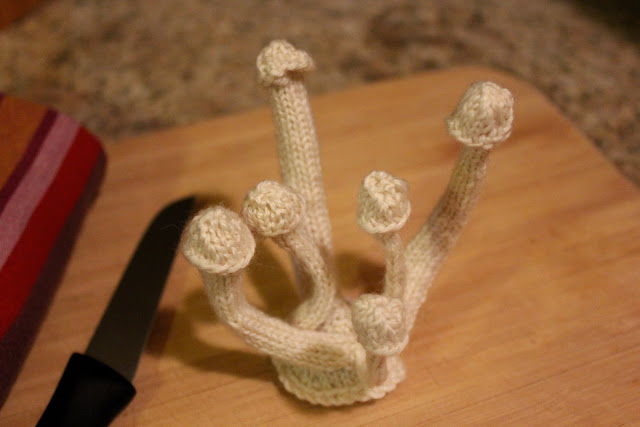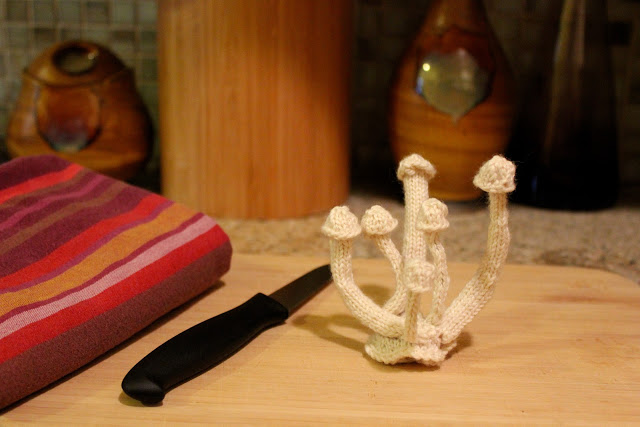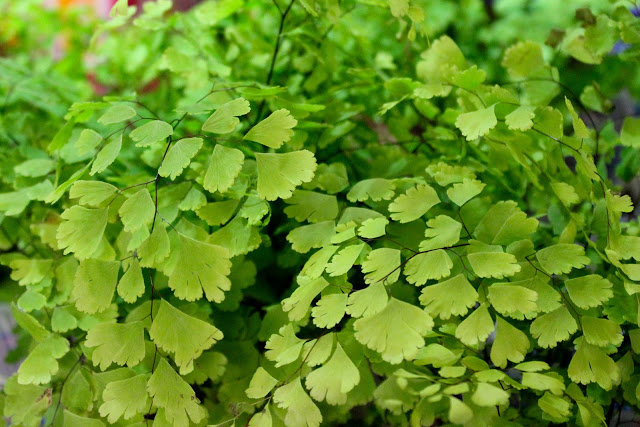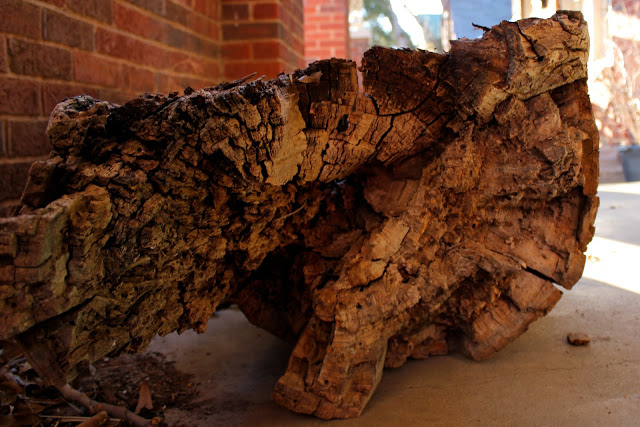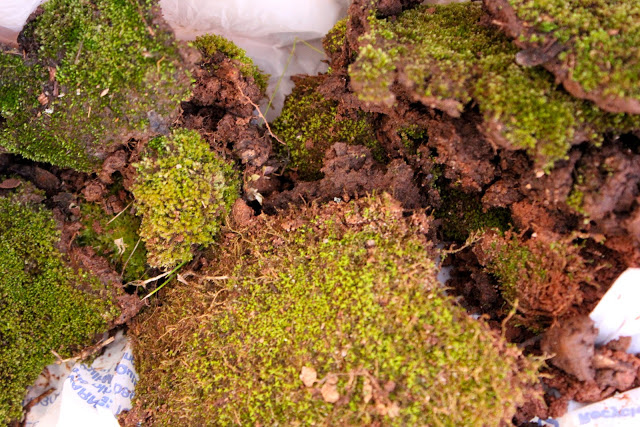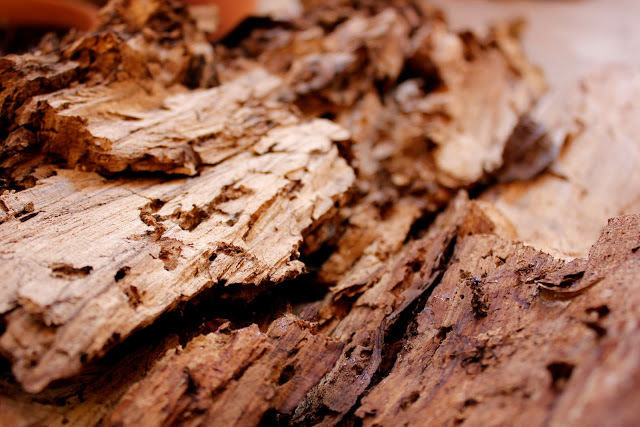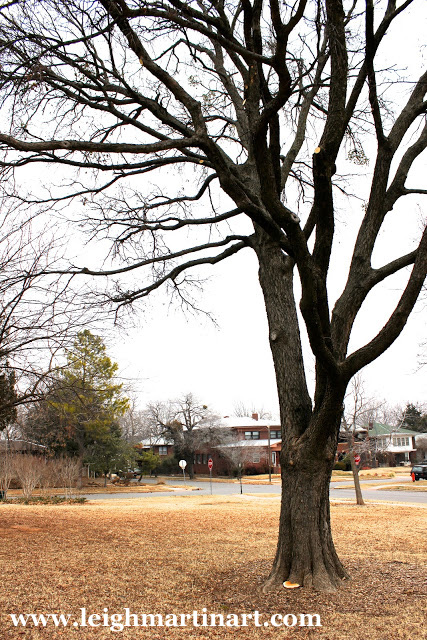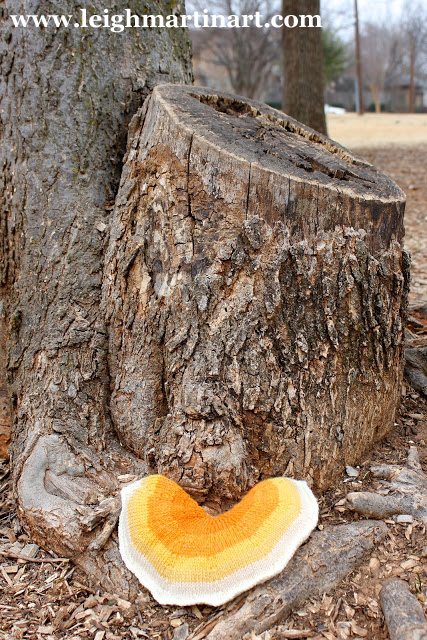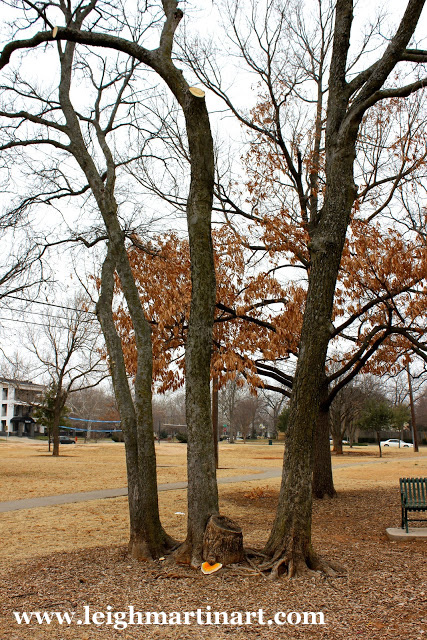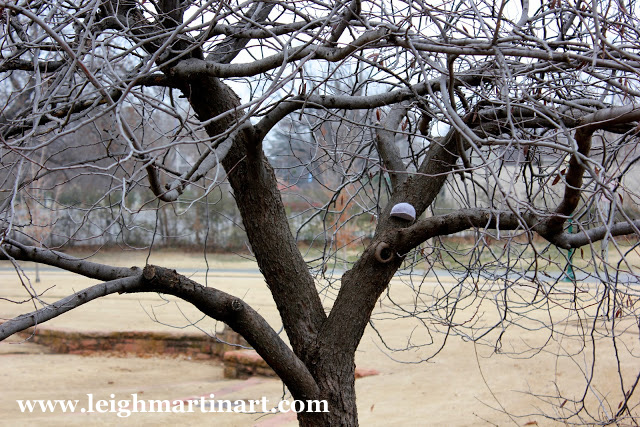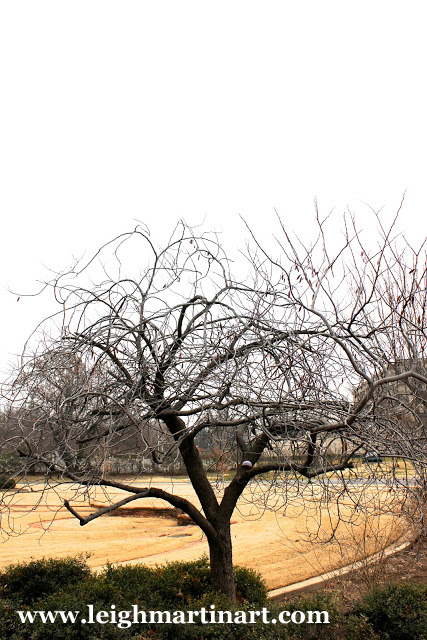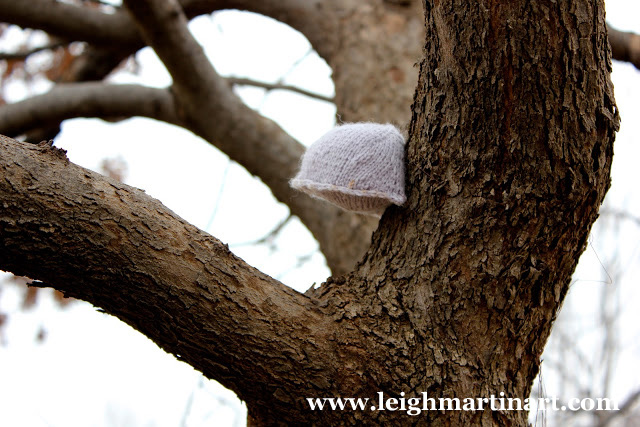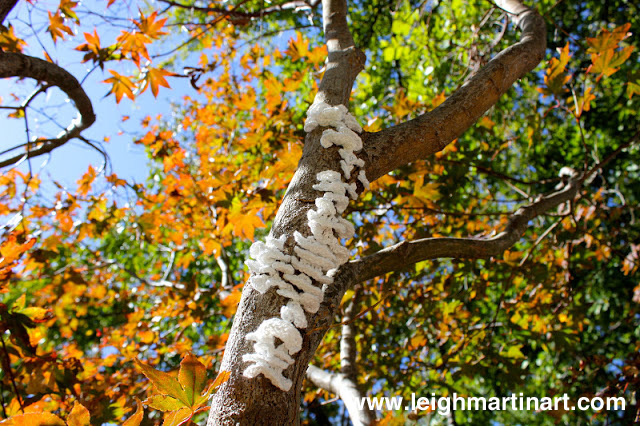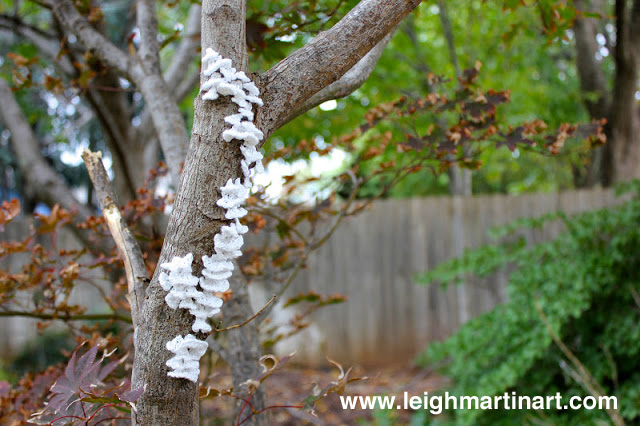52 Forms of Fungi || #20
This structure was knitted as part of my 52 Forms of Fungi project, through which I will knit a different type of fungi for every week of 2013. Check out more of the forms from this project.
52 Forms of Fungi || #16
52 Forms of Fungi || #15
52 Forms of Fungi || #14
52 Forms of Fungi || #13
52 Forms of Fungi || #10
Here are two links to more information about northern tooth. I typically like to post the Mushroom Expert profiles with each of these forms, but for some reason it didn't have any photos showing the growth habit that is portrayed here, so that's why I included the second link.
Northern Tooth....... one || two
This structure was knitted as part of my 52 Forms of Fungi project, through which I will knit a different type of fungi for every week of 2013. Check out more of the forms from this project.
52 Forms of Fungi || #8
52 Forms of Fungi || #7
BIG THING #2 aka 52 Forms of Fungi || #4
52 Forms of Fungi || #3
52 Forms of Fungi || #2
I had a question from Misti recently about whether I record the patterns for these pieces that I'm working on as I go. The answer is YES, I write them down in case the result is something that I really like and want to duplicate. For instance, I am already in the process of making more of the forms depicted in this post for a larger installation. If any of the pieces have potential to be incorporated into the Decomposition series, I've gotta have some record of what I did! In any case...
This polypore was inspired by some conks I saw out in a natural area recently. The ones I looked at were white in color, but I was purchasing yarn recently and this shade of Knit Picks Palette, called "Pennyroyal", grasped my attention and I knew I had to do something with it. A project idea came to mind and this is the first piece for that project. I've been using the Palette yarn A LOT lately, and it's quickly becoming a favorite for these types of projects... so many great colors!
This is the first "fungi" that I've attached only temporarily to a living tree, so it was fun trying out a way to do that (which worked pretty well). On that note, no trees were harmed during the installation of this fungi! Although, there was a power-walker who kept circling the nearby trail and was giving me some really funny looks. It made me giggle to myself a little bit... I can already tell that this project is going to be a lot of fun! Are you ready for more?
View more posts about the 52 Forms of Fungi project.
Decomposition: Stacks
Here is the final product from my installation of Stacks, the next phase of my Decomposition series. For more information about this phase, or to watch the behind the scenes video, check out my sneak peek post. You can also see previous phases of the series at Colony I and Colony II, and the Decomposition: Colony sneak peek post.
The Decomposition series is a study on the intricate textures of fungi and how they blend in to their natural environment. At a glance and from a distance, these knitted replicas meld in as a part of the magnificent cycle that transforms living plants to detritus and further into minerals that nourish other living plants as they draw these minerals up from the soil. For instance, when viewing the installation at a distance, the pieces appear natural and as though they are meant to exist there. However, on a closer encounter one sees that these are not fruiting bodies at all. The delicate knit stitch stands out and draws you in for closer inspection, much like the intricacies in the texture of fungi draw me in. These elements spur on a stream of questions that carry me meditatively in to a place of introspection. While this is a personal project, I hope that it excites the same way of thinking amongst its viewers, elevating to a greater level of awareness of one's surroundings.
